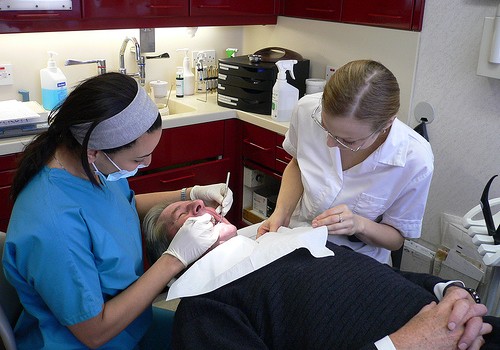
Regular Visits To The Dentist Are A Must
You need to visit your dentist and/or hygienist regularly too – at least every six months. As well as advising on correct oral hygiene and letting you know how good yours is, dentists will also check your mouth for other problems. For example, your dentist will check the state of your gums. This is important as gum disease is one of the leading causes of tooth loss, which is sure to ruin your smile. He or she will also take X-rays to pick up and treat tooth decay hidden between the teeth, or deep in the biting surfaces.
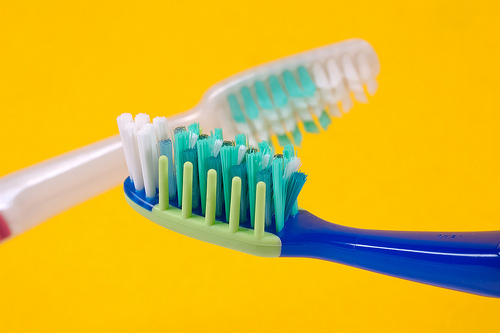
Fight Plaque With Regular Brushing And Fluoride Toothpaste
Our teeth are naturally covered with a film called plaque, containing thousands of bacteria which feed off food left around our teeth. The bacteria produce acid as they ferment the foodstuffs and this dissolves the minerals in the tooth, causing decay. Saliva helps to wash the acids away, but if plaque is left to build up, the bacteria nearest the tooth surface escape and can cause damage. This is why it is important to regularly remove plaque by careful tooth-brushing and use of other aids to oral hygiene, such as dental floss. Toothpastes can contain a variety of ingredients such as mild abrasives to polish the teeth and whiteners to remove mild staining. But the most important ingredient is fluoride which has been responsible over the last 50 years for reducing the amount of decay in our teeth.
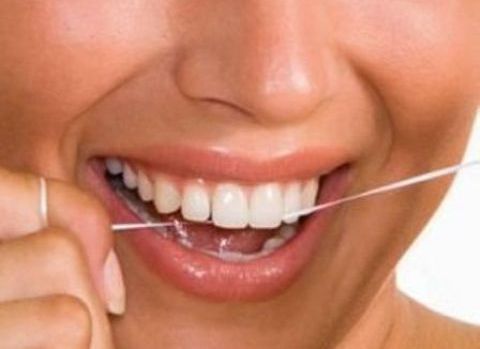
When And How To Floss
Flossing at least once a day is essential for removing plaque which cannot be reached with your brush – between the teeth. It doesn’t matter at what time of day you floss – whenever you have the time to make a thorough job of it – which may be in the morning for some, or before bed for others. It also doesn’t matter at all whether you floss before or after brushing. What is important is to master the correct technique, which involves ‘bending’ the floss around the tooth surface and scraping it up and down. For more details follow the link to the American Dental Association’s website.
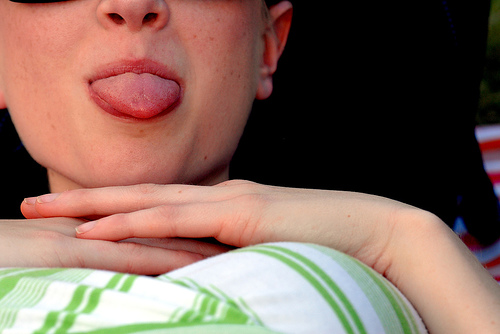
Keep Your Tongue Clean And Fresh Too
Bacteria are not confined to the teeth and gums but colonize our tongues as well. They can dwell deep in the pits of the tongue and give off bad odors. For this reason it can be a good idea to give you tongue a gentle brush with your toothbrush, whenever you clean your teeth and particularly after meals. As an alternative some people like to use a tool, usually made out of plastic, called a tongue scraper. As the name suggests, it is used to scrape the tongue gently from the back to the front, but is not thought to be any more effective than brushing. It’s all down to personal preference.
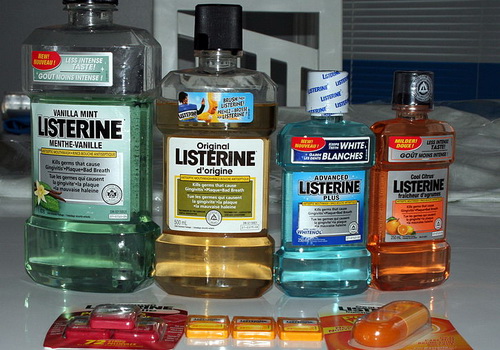
Is Mouthwash Needed?
While the minty taste left by a mouthwash might mask bad breath, the real purpose of them should be to tackle the causes of bad breath: tooth decay and gum disease. So the best mouthwashes contain fluoride to strengthen teeth and antibacterial agents, to kill the germs in plaque. It is important to remember not to rinse your mouth out with water after brushing with fluoride toothpaste - you risk rinsing away the fluoride which needs time to be incorporated into the tooth enamel. The same applies to mouthwashes – they should be used at a different time to brushing. Your dentist will be able to advise whether you need to use a mouthwash – if you are managing to brush and floss properly it might not be necessary.
- Important notification about information and brand names used in this slideshow!
- Photo courtesy of Jagwire by Wikimedia Commons : en.wikipedia.org/wiki/File:Listerine_products.jpg
- www.mouthhealthy.org/en/az-topics/m/mouthwash.aspx
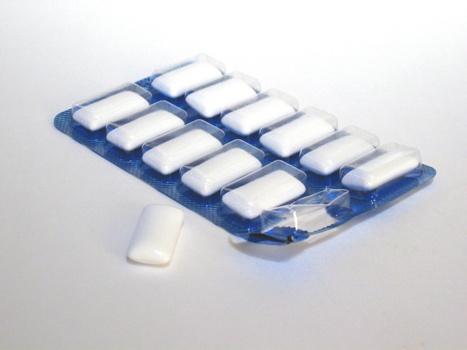
Chew Gum To Strengthen Teeth And Fight Gum Disease
Chewing gum for a minimum of 20 minutes following meals, can be a very useful addition to your oral hygiene routine. The action of chewing gum increases the flow of saliva in the mouth which helps to wash food and plaque away. Saliva also contains minerals which strengthen teeth, and other substances which neutralize plaque acid and help to fight tooth and gum disease. Don’t be tempted to think that chewing gum can replace brushing and flossing though, as it won’t do the same job. But if you are away from home and unable to brush following a meal, chewing gum can be a handy, temporary substitute. Remember to make it sugar-free gum though, as sugar in your chewing gum will only feed those tooth-rotting germs!
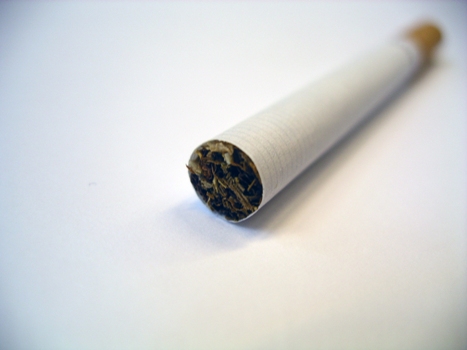
Cigarettes Will Put Gaps In That Lovely Smile!
It’s no surprise that smoking is as bad for your mouth as it is for the rest of your body. Apart from the obvious effects of bad breath and stained teeth, research has revealed that smoking is also the cause of 50% of cases of adult gum disease. Smoking just a quarter of a pack of cigarettes a day triples the risk of developing gum disease, compared with non-smokers. And those who smoke more than a pack and a half a day have six times the risk. The relevance is that gum disease causes bone to be lost from tooth sockets making teeth loose and is a leading cause of tooth loss in adults. The good news is that 11 years after quitting the risk of gum disease returns to normal – that’s if you’ve still got any teeth left…..so stub it out now!
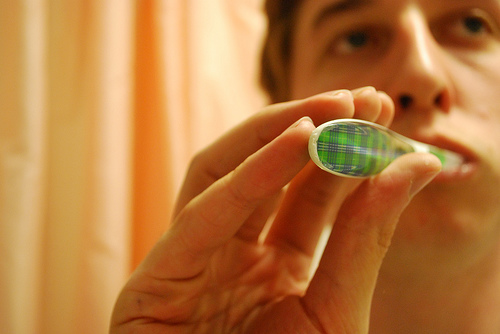
Choosing Your Brush And Using It Effectively
The American Dental Association (ADA) recommends brushing teeth twice a day as a minimum. Toothbrush manufacturers may claim that electric or powered toothbrushes are better than manual ones, but the ADA say the best choice is the one you feel most comfortable with and are likely to use – whether manual or powered. They add that children may find powered brushes more fun and therefore be more inclined to use them. The most important thing to remember is to brush every tooth surface and all teeth – including right at the back and the rear surfaces of teeth. To clean where the gums overlap the teeth, a special technique is sometimes recommended. This involves angling the brush upwards at 45 degrees to the tooth surface and gently brushing backwards and forwards. The brush bristles should swish under the gum margin, removing plaque which is lurking there. But be sure not to scrub!
- Important notification about information and brand names used in this slideshow!
- Photo courtesy of stuartpilbrow by Flickr : www.flickr.com/photos/stuartpilbrow/3623978121/
- www.ada.org/1321.aspx
- http://www.mouthhealthy.org/en/az-topics/b/brushing-your-teeth.aspx
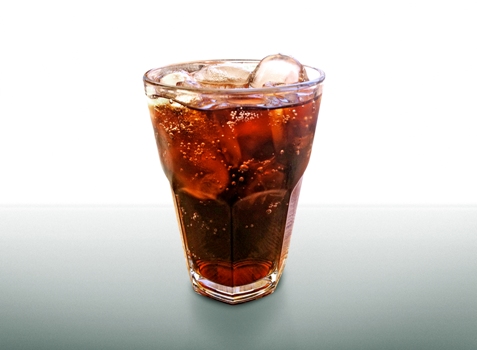
Avoid Brushing Immediately After Acidic And Sweet Drinks Or Food
It is advised to wait at least an hour after having an acidic drink such as cola or fruit juice, before brushing the teeth. The reason is that the acid in the drink will soften tooth enamel, which can then be worn away by brushing, and the fluoride in it flushed out. The same applies to sweet foods like candy which also tend to leave the enamel softened. To minimise the risk of damage from acidic and sweet drinks, it is recommended to limit these drinks and food to mealtimes and to rinse the mouth afterwards with water, to minimise exposure. Never swish these drinks around the mouth and try drinking them through a straw to minimise contact with the teeth.
- Important notification about information and brand names used in this slideshow!
- Photo courtesy of vjeran2001 by sxc.hu : http://www.sxc.hu/photo/1387826
- www.webmd.com/oral-health/healthy-teeth-10/tooth-enamel-protection


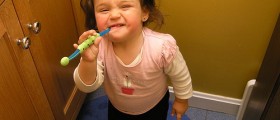


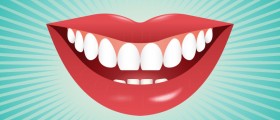
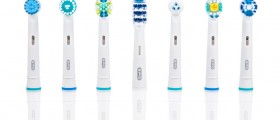


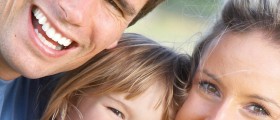
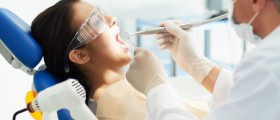
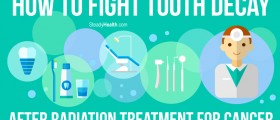
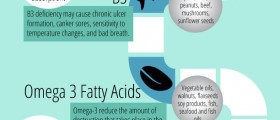


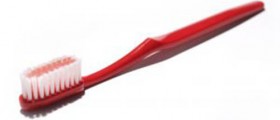


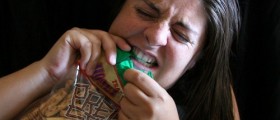

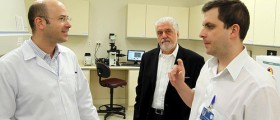
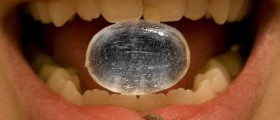
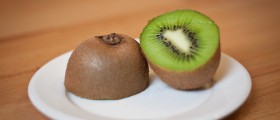
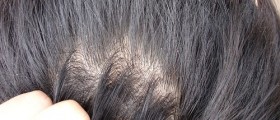
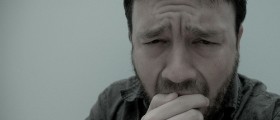
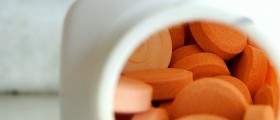
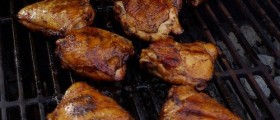
Your thoughts on this
Loading...